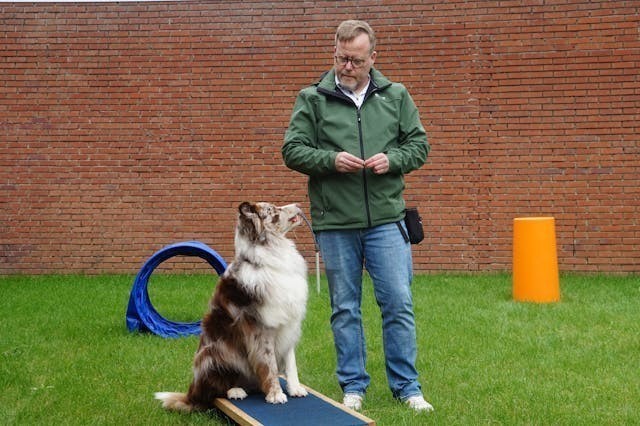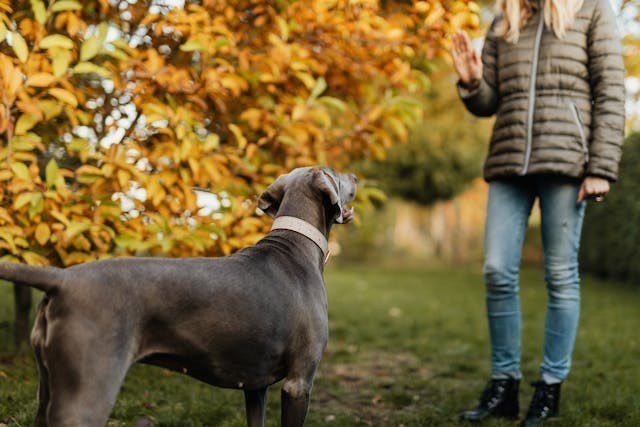Training Your Pet to Be Home Alone
Leaving your pet alone at home can be a source of stress for both you and your furry friend. However, with the right approach, you can train your pet to be comfortable and calm when they’re by themselves. This guide will walk you through practical steps to help your pet adjust to being alone, ensuring a smoother transition and a happier pet.



Understanding Your Pet’s Needs and Fears
Recognizing Separation Anxiety
-
Overview: Many pets, especially dogs, experience separation anxiety when left alone. This can manifest in behaviors like excessive barking, chewing, or attempting to escape.
-
Signs: Look for signs such as pacing, drooling, whining, or destructive behavior when you prepare to leave. Recognizing these early can help you address the issue more effectively.
Understanding Your Pet’s Routine
-
Overview: Pets thrive on routine. Sudden changes, like being left alone for long periods, can cause anxiety. Understanding their daily habits will help you create a training plan that suits their needs.
-
Impact: A consistent routine helps pets feel secure. When they know what to expect, they’re more likely to stay calm when left alone.
Preparing Your Pet for Alone Time
Start with Short Absences
-
Tips: Begin by leaving your pet alone for short periods, gradually increasing the time as they become more comfortable. Start with just a few minutes and work up to longer stretches.
-
Action: Leave the house for a few minutes at a time, making your departures and arrivals low-key to avoid increasing their anxiety.
Create a Safe and Comfortable Space
-
Tips: Designate a specific area in your home where your pet feels safe and comfortable. This could be a cozy corner with their bed, toys, and access to water.
-
Action: Make this space inviting with familiar items like their favorite blanket or toy. Ensure the area is free of hazards and comfortable for them to relax in.
Use Positive Reinforcement
-
Tips: Reward your pet with treats, praise, or their favorite toy when they remain calm while you’re away. This helps them associate alone time with positive experiences.
-
Action: Give your pet a treat or toy as you leave, helping them focus on something enjoyable instead of your absence.
Managing Alone Time
Provide Mental Stimulation
-
Tips: Keep your pet entertained while you’re away by providing toys that challenge their mind, such as puzzle toys or treat-dispensing toys.
-
Action: Rotate toys to keep them interesting, and consider leaving on a TV or radio at a low volume to provide comforting background noise.
Practice Controlled Departures and Arrivals
-
Tips: Pets can pick up on your departure cues, like putting on shoes or grabbing keys, which can trigger anxiety. Desensitize them to these cues by practicing without leaving.
-
Action: Regularly go through your leaving routine without actually leaving the house, so these cues become less associated with your absence.
Establish a Pre-Departure Routine
-
Tips: Create a calming routine before you leave to help your pet relax. This could include a short walk, some playtime, or a cuddle session.
-
Action: Engage in this routine consistently to signal to your pet that alone time is coming, helping them prepare mentally and emotionally.
Dealing with Challenges
Handling Separation Anxiety
-
Tips: If your pet shows signs of severe separation anxiety, such as destructive behavior or excessive vocalization, it may be time to seek professional help.
-
Action: Consult with a veterinarian or a pet behaviorist who can recommend strategies, or in some cases, medication to help manage anxiety.
Addressing Destructive Behavior
-
Tips: If your pet tends to chew furniture or other items when left alone, ensure they have appropriate chew toys and consider using deterrent sprays on items you want to protect.
-
Action: Increase physical activity before you leave to help tire them out, making them less likely to engage in destructive behavior.
Gradual Exposure for Cats
-
Tips: While cats are generally more independent, they can also experience stress when left alone. Gradually expose them to alone time by following a similar process as with dogs.
-
Action: Ensure they have access to windows or high perches, which can keep them entertained and reduce anxiety.
Building Long-Term Comfort
Consistency is Key
-
Tips: Maintain a consistent routine to help your pet feel secure. Changes to their schedule should be introduced gradually whenever possible.
-
Action: Stick to regular feeding, walking, and play times, even on weekends or days off, to provide stability for your pet.
Monitoring Progress
-
Tips: Keep an eye on your pet’s behavior over time to ensure they’re adjusting well. If issues persist, you may need to revisit your training plan or seek professional advice.
-
Action: Use a pet camera to monitor how they behave when you’re away. This can provide insights into any ongoing issues and help you adjust your training accordingly.
Reward Calm Behavior
-
Tips: Continue to reward your pet for calm behavior when you return home. Over time, they’ll associate your departures and arrivals with positive experiences.
-
Action: Avoid making a big fuss when you return home; instead, calmly greet your pet and reward them for their good behavior.



Training your pet to be comfortable alone at home takes time, patience, and understanding. By gradually introducing them to alone time, creating a safe and stimulating environment, and using positive reinforcement, you can help your pet adjust to your absence. Remember, every pet is different, so be attentive to their needs and progress, and don’t hesitate to seek professional guidance if needed. With the right approach, your pet can learn to enjoy their time alone, giving you peace of mind and ensuring their well-being.












